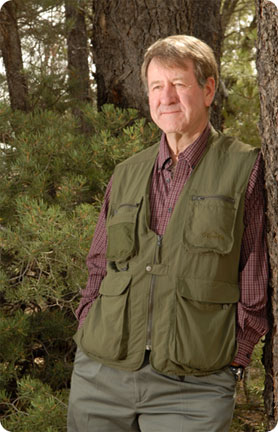Wally Covington, regents’ professor and executive director of NAU’s Ecological Restoration Institute, discusses the multiple benefits of managing forests, including increasing water resources.
Restoring forest health is an imperative


Wally Covington, regents’ professor and executive director of NAU’s Ecological Restoration Institute, discusses the multiple benefits of managing forests, including increasing water resources.